Need a grant for LED upgrades or
voltage optimisation? (read more)

Need a grant for LED upgrades or
voltage optimisation? (read more)



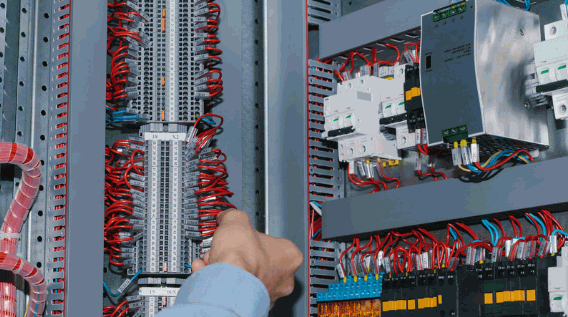
Like thousands of other consumers, you're probably searching for ways to reduce consumption and help save money on ever-rising energy bills, while at the same time trying to limit your impact on the environment.
While plenty of gadgets are out there, it can be difficult to keep up with all the technological jargon!
If you're feeling overwhelmed, Powervolt Team offers clear, common-sense advice and assistance. Today, we're looking at the difference between power factor correction and voltage optimisation.
Both can be extremely helpful in the right circumstances, but it's vital to know what they are and how they work in order to make an informed choice.
In this blog, we'll present the bare facts, explore the differences (and any similarities), and highlight the benefits of each one.
Let's start with voltage optimisation...
Voltage optimisation is an electrical energy reduction technique that involves reducing the voltage supplied to electrical equipment. This can be done by using a voltage optimiser, essentially a transformer that steps down the voltage from the mains power supply.
Voltage optimisation can reduce energy consumption by up to 15% because most electrical equipment is designed to operate at a lower voltage than the mains supply. In the UK, the nominal voltage is 230 volts, but it can vary between 216 and 253 volts.
When the voltage is too high, the equipment has to work harder to overcome the excess voltage, which wastes energy.
You might also get charged for that extra power: some electricity companies add reactive power charges.
Voltage optimisation (or voltage reduction) can also improve power quality by balancing phase voltages and filtering harmonics and transients* from the supply. This can help extend electrical equipment's lifespan and reduce the risk of downtime.
*Transients are sudden changes in the electrical signal, often caused by lightning strikes or switching operations. Harmonics are like 'ripples' in the electrical current, making it flow unevenly. Both can cause problems with electrical installations.
Dig Deeper: What Is Voltage Optimisation?
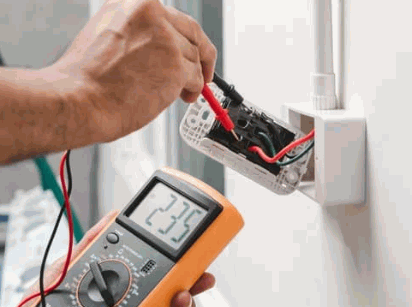
Again, here is a simplified way to understand voltage optimisation:
Imagine you are filling a bucket with water from a hose. The hose is connected to a water main, which provides water at a certain pressure. If the pressure is too high, you will have to work harder to control the flow of water, and some water may spill out.
Voltage optimisation is like lowering the water pressure from the hose. This will make it easier to control the flow of water and prevent water from spilling out. In the same way, voltage regulation can make it easier for electrical equipment to operate and prevent wasted energy.
Here are some of the advantages of voltage optimisation:
Voltage optimisation is a cost-effective way to improve energy efficiency and reduce electricity bills. It is a viable option for a wide range of applications, including commercial buildings, industrial facilities, and residential homes.
In case there's any doubt, let's start by explaining what a power factor is:
Power factor is a measure of how efficiently electrical energy is being used by a load. It is the ratio of real power (the power that does useful work) to apparent power (the total power drawn from the incoming power supply).
An ideal power factor of 1.0 (unity) indicates that all the apparent power is being used to do useful work. A power factor of less than 1.0 indicates that some of the apparent power is being wasted as reactive power.
For example, a circuit with a power factor of 0.4 means that only 40% of the power is usable, or real power. A power factor higher than 1 isn't possible, as you can't draw more power than is being supplied to the system.
Reactive power is stored and then returned to the supply by inductive or capacitive loads. Inductive loads, like motors and transformers, store energy in their magnetic fields. Capacitive loads, such as capacitors, store energy in their electric fields.
A low power factor can cause a number of problems, including:
Learn more: What Is Power Factor Correction?
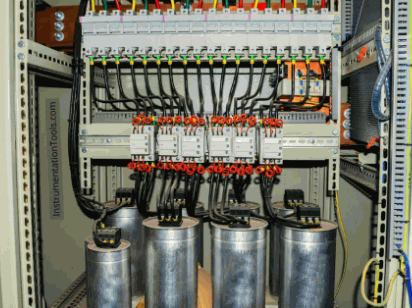
Power factor correction is the process of improving power factor of a load by adding capacitors, as these store energy in their electric fields and can counteract the reactive power drawn by inductive loads.
PFC can have a number of benefits, including:
Power Factor Correction systems can be installed at the individual load level, distribution panel level, or service entrance level. The best way to determine the appropriate level of PFC for a particular application is to consult with an electrical engineer, like the expert team at Powervolt Team.
Here is a simplified analogy to help understand power factor and power factor correction:
Imagine you are driving a car to work. The car consumes fuel to do useful work, such as moving you and your belongings. However, the car also uses some of that fuel to overcome air resistance and friction. This is not doing useful work, but it is necessary for the car to function.
The power factor of your car is a measure of how efficiently the fuel is being used. A power factor of 1.0 would mean that all of the fuel is being used to do useful work. A power factor of less than 1.0 would mean that some fuel is wasted.
Power factor correction - in this example - can be thought of as adding a device to your car that helps to overcome air resistance and friction. This device would allow the car to use more of the fuel to do useful work, thereby improving the poor power factor.
In relation to your electrical equipment, PFC does precisely the same job.
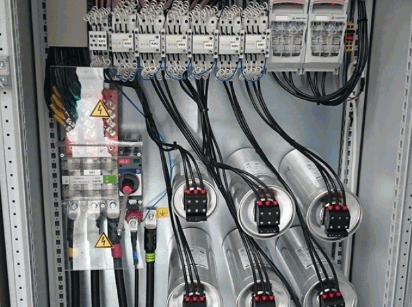
Now we've discovered what each of these items is, it's time to examine the main differences. The easiest way to see this is by looking at the main points this way:
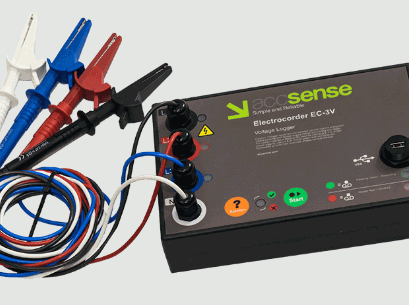
The choice between a power factor correction (PFC) and a voltage optimisation system depends on the specific needs of the electrical system. In general, PFC is more suitable for applications where there is a high proportion of inductive loads, such as motors and transformers.
Voltage optimisation is more suitable for applications where there is a high proportion of resistive loads, such as lighting and heating.
In some cases, it may be beneficial to use both systems. This combined approach can provide the most comprehensive energy savings and power quality improvements.
Here are some additional factors to consider when choosing between PFC and voltage optimisation:
It is always recommended to consult with a qualified electrical engineer to determine the best solution for your specific needs, and Powervolt Team is at your service, as always!
From what we've learned, both of these methods can be used to reduce energy consumption and carbon emissions.
Electricity suppliers seem intent on pushing energy costs ever higher, and top scientists issue grave warnings about climate change, so reducing energy consumption is fast becoming a priority for most of us.
Basically, it's all about energy efficiency.
By embracing these technologies, you will save money and play your part in trying to save the planet!
If you need more information about voltage optimisation, power factor correction, or any other energy-saving solutions, contact Powervolt Team, your dedicated partner in electrical excellence.